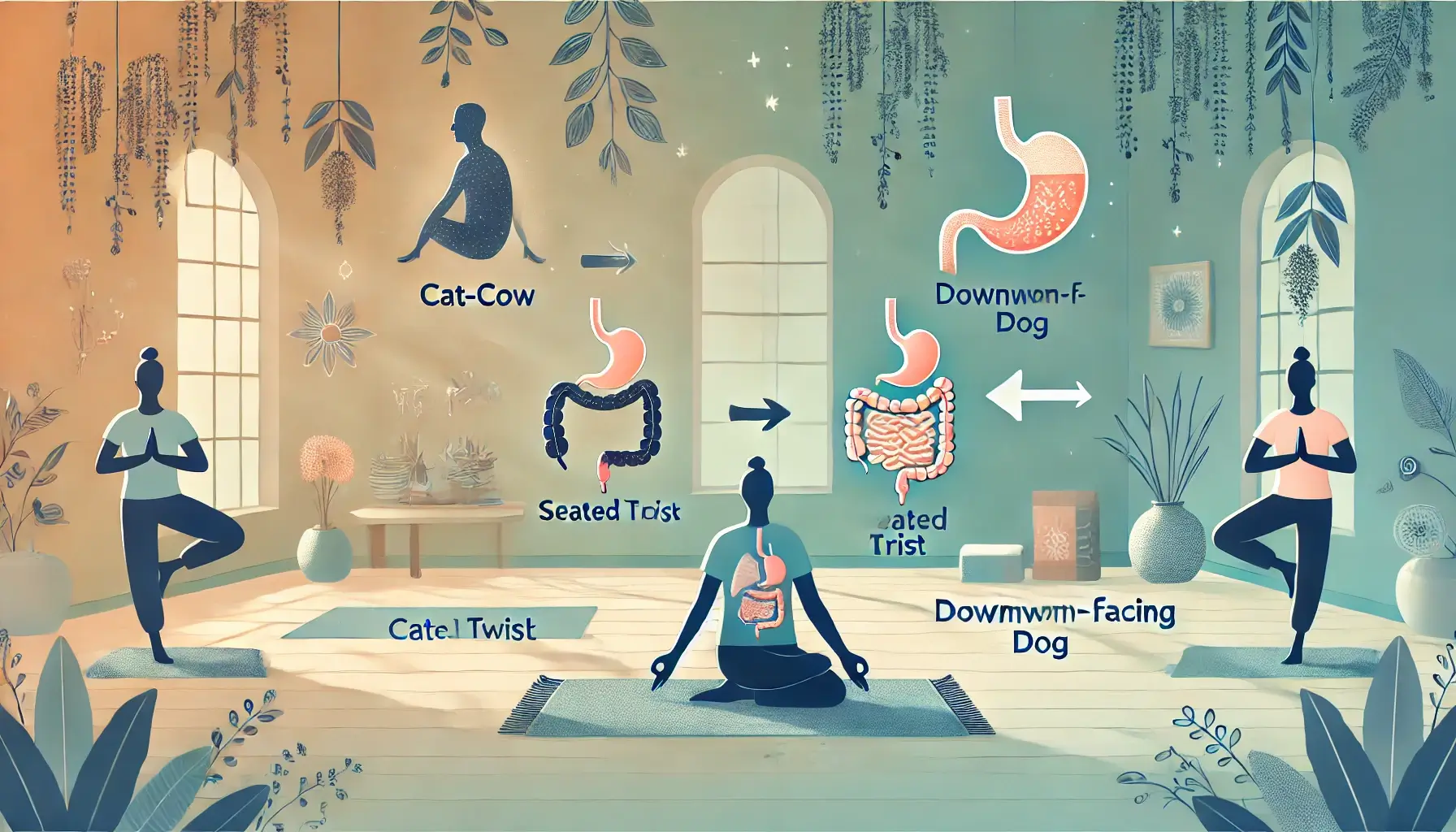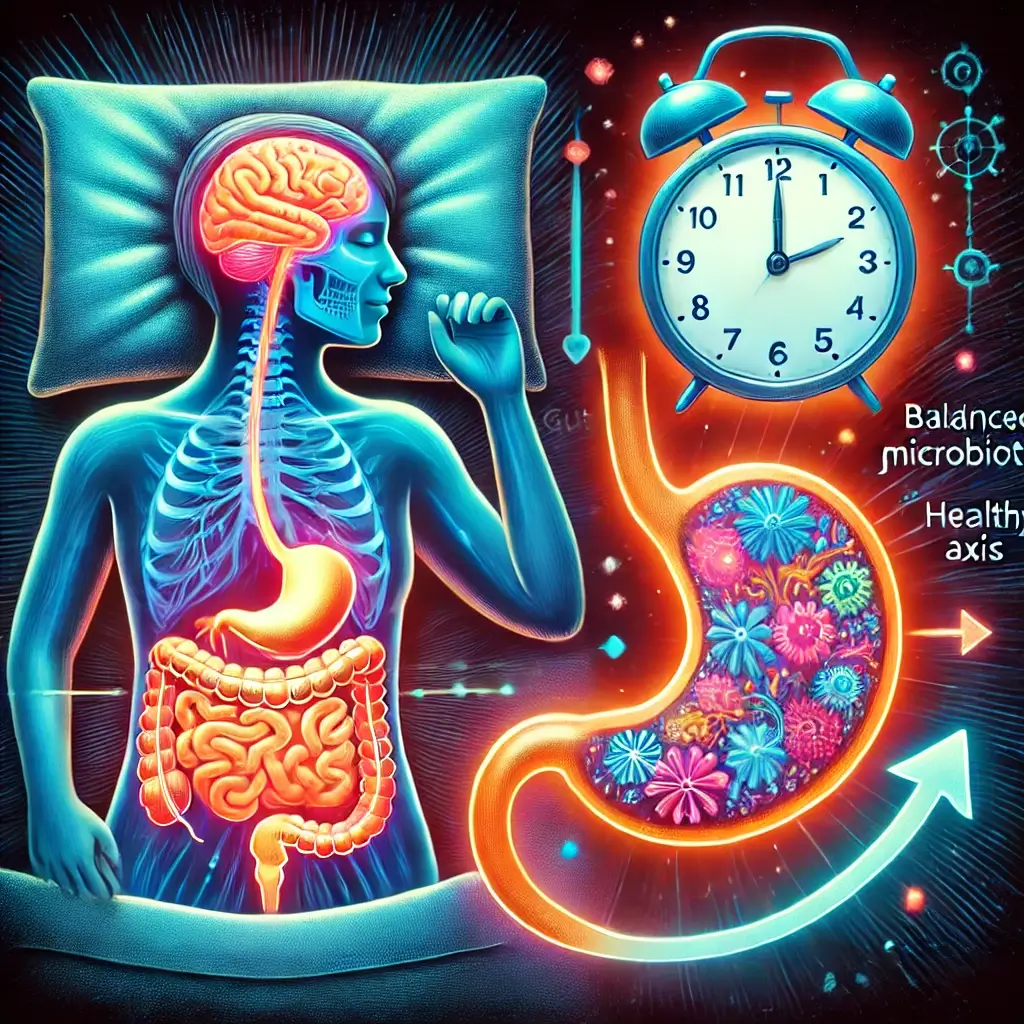Evidence-Based Guide: How Yoga Transforms Your Digestive Health and Well-being
Understanding the Gut-Brain Connection
Gut health is integral to our overall well-being, influencing digestion, immunity, and even emotional stability. Known as the second brain, the gut is home to trillions of microbes that regulate not only nutrient absorption but also the production of serotonin—a neurotransmitter that significantly impacts mood and stress management. A healthy gut microbiome is essential for maintaining this balance. However, modern lifestyles, often characterized by stress, irregular eating habits, and minimal physical activity, can disrupt gut function and lead to discomforts such as constipation, bloating, and acid reflux.
Yoga as a Complementary Approach to Gut Health
While dietary changes are a primary strategy for improving gut health, yoga offers a powerful complementary approach. Yoga integrates physical movement, mindful breathing, and meditative focus, all of which can support digestive health. Specific poses massage and stimulate the digestive organs, improve circulation, and alleviate stress, creating an optimal environment for gut function.
Introduction to Article Purpose
This article explores how yoga can benefit digestive health, backed by scientific evidence, and provides a guide to effective yoga poses for your gut.
Research-Backed Benefits of Yoga for Digestion
A growing body of research highlights yoga’s efficacy in managing digestive health. For instance, a 2019 study in the Journal of Physical Therapy Science examined yoga’s effects on acid reflux. Participants practicing targeted yoga poses over six weeks experienced a significant reduction in symptoms such as heartburn and regurgitation. The researchers noted that yoga’s focus on controlled breathing and postures that stretch the abdominal region likely contributed to these improvements (Kumar et al., 2019).
Impact on Gastrointestinal Disorders
Similarly, a 2022 review in Frontiers in Medicine emphasized yoga’s impact on functional gastrointestinal disorders like irritable bowel syndrome (IBS). The study found that yoga improved bowel regularity, reduced bloating, and alleviated abdominal pain. These benefits were attributed to yoga’s role in enhancing parasympathetic nervous system activity, which regulates digestion and relaxation (Sharma et al., 2022).
Stress Reduction and Gut Health Connection
Additionally, yoga’s stress-relieving effects are a key factor in its digestive benefits. Chronic stress disrupts gut-brain communication, leading to issues like slow motility and altered microbiota composition. A 2020 meta-analysis in Stress and Health confirmed that yoga-based interventions significantly reduced cortisol levels, thereby improving gut function and overall well-being (Patel & Singh, 2020).
Essential Yoga Poses for Digestive Health
Cat-Cow Pose (Marjaryasana-Bitilasana)
This dynamic sequence warms up the spine and abdomen, gently massaging the digestive organs. It stimulates peristalsis, the wave-like motion that moves food through the digestive tract.
Seated Twist Benefits
Seated Twist (Ardha Matsyendrasana)
Twisting compresses the abdominal organs, stimulating digestion and helping with detoxification. This pose is particularly effective in relieving bloating and promoting nutrient absorption.
Bridge Pose for Digestive Relief
Bridge Pose (Setu Bandha Sarvangasana)
This gentle backbend stretches the front of the body, alleviating gas and bloating. It also improves circulation to the lower abdomen, supporting better digestion.
Relaxation Through Child’s Pose
Child’s Pose (Balasana)
A restorative pose that encourages diaphragmatic breathing, which activates the parasympathetic nervous system. This relaxation response reduces stress and promotes smoother digestion.
Benefits of Downward-Facing Dog
Downward-Facing Dog (Adho Mukha Svanasana)
This pose increases blood flow to the digestive organs, stimulating motility and helping to relieve constipation.
Wind-Relieving Pose Technique
Wind-Relieving Pose (Pavanamuktasana)
As the name suggests, this pose is excellent for relieving gas and bloating. Lying on your back, draw one knee at a time toward your chest while gently pressing your abdomen.
Concluding Thoughts on Yoga and Digestive Health
Yoga offers a practical, natural way to enhance digestive health while addressing both physical and mental contributors to gut dysfunction. Scientific research supports yoga’s role in alleviating conditions such as IBS, acid reflux, and stress-induced digestive issues. Regular practice of poses like Cat-Cow, Seated Twist, and Bridge Pose can help stimulate digestion, improve circulation, and reduce stress, creating a healthier gut environment.
Implementation and Long-term Benefits
Consistency is essential to reap these benefits. Whether you are a seasoned yogi or new to the practice, incorporating yoga into your daily routine can lead to profound improvements in your gut health and overall well-being. Start with a few poses and gradually build a sustainable practice that supports your journey to digestive wellness.
References
Kumar, S., et al. (2019). The impact of yoga on gastroesophageal reflux disease: A pilot study. Journal of Physical Therapy Science, 31(10), 784–790.
Sharma, M., et al. (2022). Yoga and functional gastrointestinal disorders: A systematic review. Frontiers in Medicine, 9, 885432.
Patel, R., & Singh, A. (2020). Stress reduction through yoga and its implications for gut health: A meta-analysis. Stress and Health, 36(2), 231–240.













